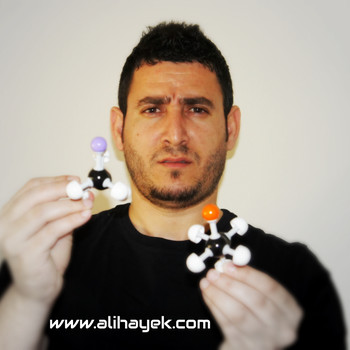Question #41ee5
2 Answers
Watch this video.
Explanation:
This is an example of a titration of a weak acid by a strong base. In order to find the pH of the solution after each addition, you will have to follow 11 steps.
The following video explains all these steps one by one. I hope you will find it useful to calculate the pH after every addition of the base.
Acid - Base Equilibria | Weak Acid - Strong Base Titration.
(a)
(b)
(c)
Explanation:
a)
The reaction is:
The no. moles of benzoic acid is given by:
The no. moles
So the number of moles of benzoic acid remaining after some has been neutralised is given by:
The new total volume =
So the new concentration of benzoic acid is given by:
Benzoic acid is a weak acid which dissociates according to the general equation:
Given its
(b)
The question is not clear if the KCl solution is added before or after the KOH. I'll assume its added after the KOH solution.
I will assume that the addition of
The new total volume =
Using
So the dilution has raised the
(c)
This neutralisation reaction is between a weak acid and a strong base.
This means that, even if they combine in the ratios specified by the stoichiometry of the equation, the resulting solution may not be neutral.
This is due to "salt hydrolysis". The benzoate ions formed formed are basic due to:
So the resulting solution at the equivalence point is slightly alkaline.
(This is why old fashioned soap - which was the salt of a weak acid and strong base - could sting your eyes)
To find the
Now we use the equivalent expression for bases as in
To find
This would therefore require
Since
So the total volume at the equivalence point =
So from


